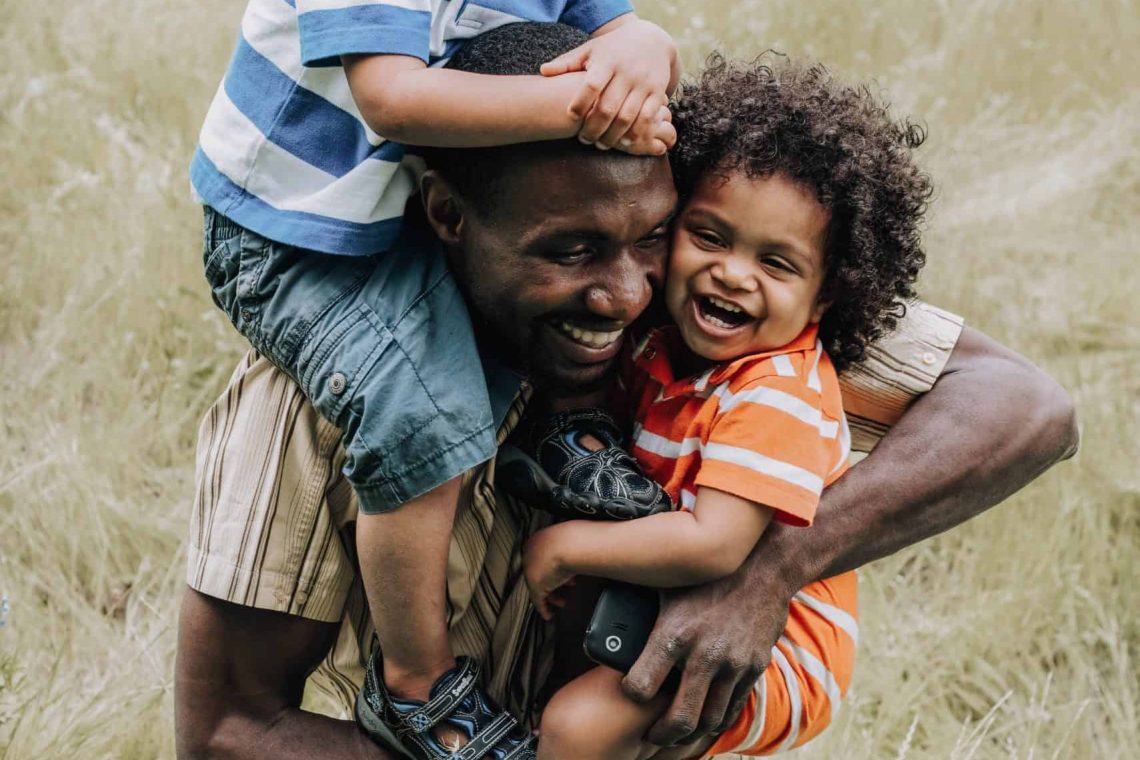Acknowledging emotions is probably one of the most powerful tools you have as a parent. It’s incredible how their whole demeanour can change when a child feels heard. Often when I’ll repeat back to my toddlers what they ‘really wanted’ or ‘the didn’t want’ they almost let out a cry of relief “yeeeeeeeees” and then collapse into my arms sobbing.
However it’s not always easy to figure out what exactly they wanted or didn’t want.
When we know we want to connect, but find it a bit hard to know where to start…start with 3As: Acknowledge, Allow & Accept.
Really, they are all pretty similar, parts of the same puzzle but I like to focus on each one separately and reaffirm and reinforce each one from a slightly different angle.
Acknowledge
This is about acknowledging the child’s feelings as they stand. Not projecting what we think or feel, not imagining what they could be or should be feeling but simply seeing what’s in front of you. Without trying to solve or fix the problem, without trying to distract or re-direct, just sitting with them in the emotion that they are experiencing, and seeing it AS THEY ARE.
Here are a few helpful phrases to start your sentences with when you’re not sure exactly what to say:
“I can see…”
“I know …”
“I understand…”
“You didn’t want that to happen…”
“You really wanted …”
Generally if you start your sentence with any of those phrases what follows will come from a place of compassion and understanding. This allows us to genuinely connect with their emotion.
“You really wanted to open the door and you’re upset that I did it.”
“You really didn’t want the banana to break while you were peeling it. That’s so disappointing.”
“I know, you wanted to watch your show and play your video game today and you only had time for one, that’s disappointing.”
“You wanted to make your lego model bigger and your sibling knocked it down, I can see how frustrating that must be.”
“I understand you really want the yellow crayon and your friend is using it now. I know how hard it is to wait.”
Acknowledge that you see what they wanted / didn’t’ want and how it made them feel. Think of it as a kind of ‘head nod’ that means “I see you.”
Saying that, I sometimes find these phrases are more helpful to us, to help us imagine what to think, what approach to take. But often, less is more. Don’t feel like you need to be narrating your child’s feelings the whole time. Your presence is the most important aspect of this process. Acknowledge once and then support the rest with your presence.
Allow
I see how you feel and now I’m going to listen. This is the message we want our children to receive. Janet Lansbury famously says “roll out the red carpet” meaning let aaaaalllll the emotions flow out, welcome them, literally imagine them all walking down the red carpet without any shame, interruptions, distractions.
It’s like you’re saying ‘bring it on, I am ready for it, I am here for it and I am not afraid or shaken up by it.’ But ultimately we are saying to our children “I am here for you during these tough moments. You are safe feeling these feelings.”
By allowing them to feel what they need to feel we are showing our children that these emotions are part of being human. They are totally normal and they don’t need to be afraid of them.
We are allowing them to experience what sadness, disappointment, anger, fear etc feel like. How are children supposed to learn about all these feelings if we don’t allow them and instead try to stop or suppress them? In order to learn how to deal with these emotions they need to first experience them. And they need to know that they won’t be alone in it, that we will be there alongside them.
By allowing I also mean, allow their emotions and feelings to run as long as they need and resist the temptation to rush or stop them. Tears contain cortisol which is the body’s stress hormone. This means that when we cry, it’s our body’s way of releasing built up stress in our system. We want our children’s cortisol to flow out and if we stop it before they are ready, it means they haven’t cleared out everything their body needed to.
Accept
Accept their emotions. Not just for your child (which of course we are doing) but also for yourself. Sometimes we feel the need to change how our child is feeling. We want them to stop crying or moaning, to feel better, to get over that one thing that made them upset, but the truth is we cannot.
We cannot change how they are feeling and we cannot change how they are expressing themselves. In those moments, I find it easier to accept “my child is having a tough morning” rather than wishing they were feeling happier. We all have tough moments and accepting that this is happening will again help us respond in a more understanding way.
Imagine being on an emotional train (sometimes, more like roller coaster 
Trying to stop the train early, trying to stop the emotions early can result in our children internalising that these emotions are not ok, that they need to be stopped, they need to be hidden. Bottling up feelings, holding everything in can manifest itself as mental health problems in the future.
So accept those emotions for your child, and accept them for yourself.
Next time your little one is having some big feelings, try the 3As and let me know which one resonates with you the most, which one helps you see and listen to your child’s feelings just as they are.
Photo by Joice Kelly on Unsplash


